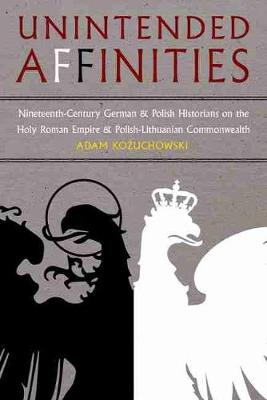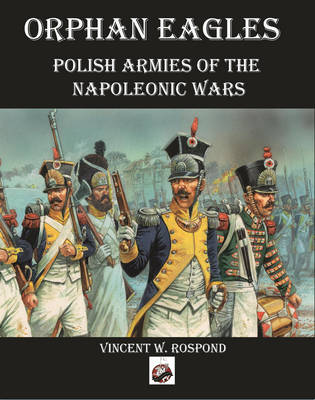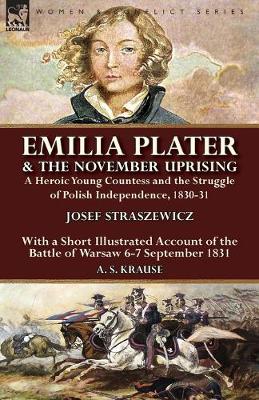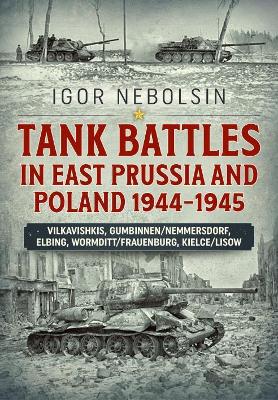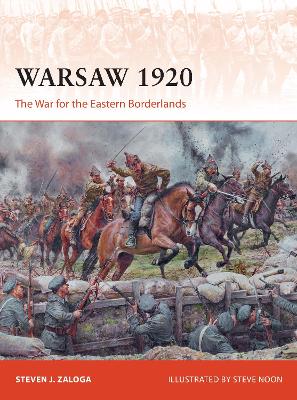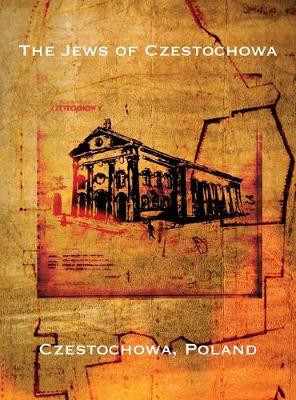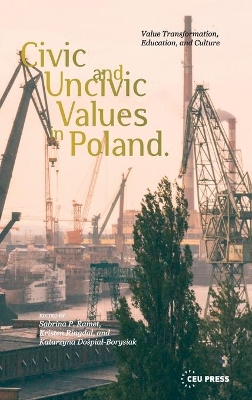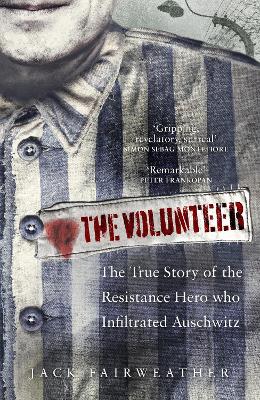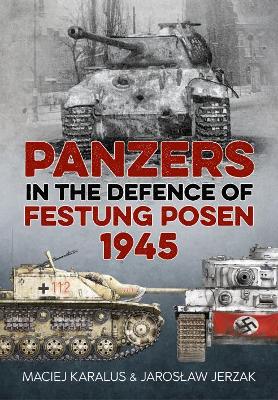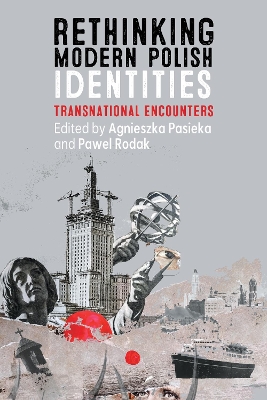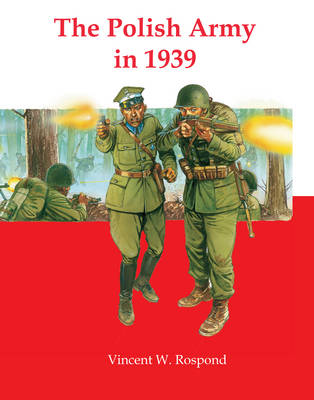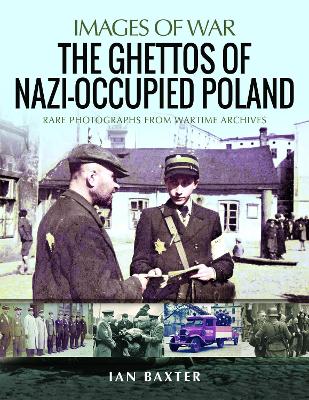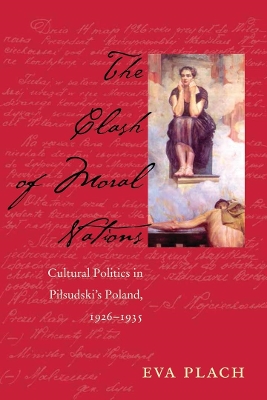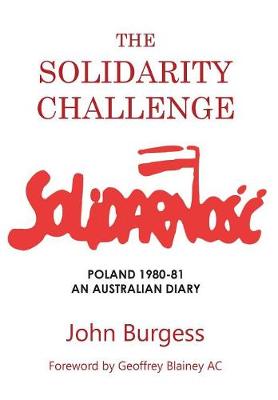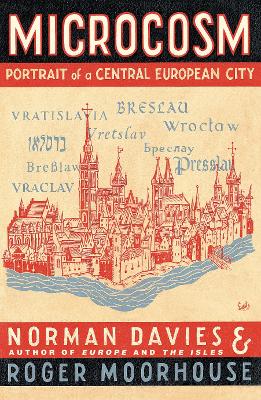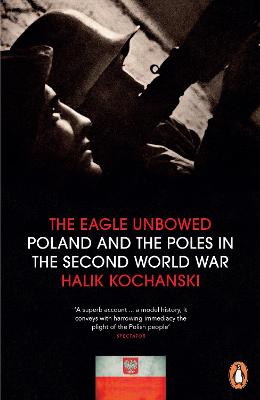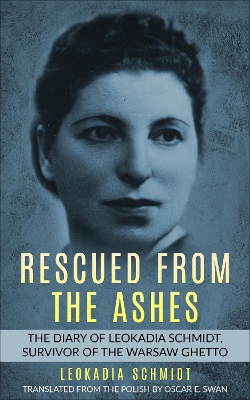Unintended Affinities examines the ways in which German and Polish historians of the nineteenth-century regarded the Holy Roman Empire and the Polish-Lithuanian Commonwealth. The book parallels how historians approached the old Reich and the Commonwealth within the framework of their national history. Kozuchowski analyzes how German and Polish nationalistic historians, who played central roles in propagandizing a glorious past that justified a centralized modern state, struggled with how to port...
Emilia Plater & the November Uprising
by Josef Straszewicz and A S Krause
Tank Battles in East Prussia and Poland 1944-1945
by Igor Nebolsin
This new study by Igor Nebolsin covers, in remarkable detail, a number of forgotten and overlooked armoured engagements on the Eastern Front during the final year of the war, based firmly on Soviet and German archival records. After defeating German Group Army Centre in Belorussia (Operation Bagration) in the first days of August 1944 the Red Army rapidly approached East Prussia. Here, near the borders of the Third Reich in the area of Vilkavishkis heavy tank combats broke out. German Panzer-G...
The Battle of Warsaw in August 1920 has been described as one of the decisive battles of European history. At the start of the battle, the Red Army appeared to be on the verge of advancing through Poland into Germany to expand the Soviet revolution. Had the war spread into Germany, another great European war would have ensued, dragging in France and Britain. However, the Red Army was defeated by 'the miracle on the Vistula'. This campaign title explores the origins and outcomes of this moment...
"They are works of art that speak to the creative spirit that once stirred within a heart to carve a statue, to gather stones to build a foundation, or gather words to form a poem or mix colors for a painting; they are messages from the past telling what at one time was important to this person, to this village, to a city block."-from the author's Introduction It is said that every country has its own genus loci or "spirit of place." Poland's distinct character can be found in the tens of thous...
Civic and Uncivic Values in Poland
Poland, like many societies across the world, is becoming more polarized in diverse areas of life, as contending forces seek to advance incompatible agendas. The polarization over values in Polish politics was evident already before communism collapsed but became more obvious in the following years and reached a crescendo after the October 2015 parliamentary elections, which brought a right-wing party into power. This volume focuses on the years since 1989, looking at the clash between civic va...
'Totally gripping'-- Simon Sebag MontefioreWould you sacrifice yourself to save thousands of others?This is the unsung story of one of the greatest heroes of the Second World War.In the Summer of 1940, after the Nazi occupation of Poland, an underground operative called Witold Pilecki accepted a mission to uncover the fate of thousands of people being interned at a new concentration camp on the border of the Reich. His mission was to report on Nazi crimes and raise a secret army to stage an upri...
Panzers in the Defence of Festung Posen 1945
by Maciej Karalus and Jaroslaw Jerzak
Panzers in Defence of Poznan 1945 by Maciej Karalus and Jaroslaw Jerzak is the first book published in English to describe the bitter battle for Festung Poznan in 1945. That Polish city, occupied by the Nazis since almost the very beginning of the Second World War in 1939, was declared a fortress (Festung) on January 20 1945, and for the whole month it saw heavy fighting between Wehrmacht and Waffen SS troops and the Red Army advancing directly towards Berlin. Among the garrison of the fortress...
Rethinking Modern Polish Identities (Rochester Studies in East and Central Europe)
Inspired by new research in the humanities and social sciences as well as recent scholarship on national identities, this volume offers a rigorous examination of the idea of Polishness. Offering a diversity of case studies and methodological-theoretical approaches, it demonstrates a profound connection between national and transnational processes and places the Polish case in a broader context. This broader context stretches from a larger Eastern European one, a usual frame of comparison, to the...
"The Polish Army in 1939 examines the September Campaign showing the background, organization and planning of the Army that faced the German and Soviet forces in the early days of World War II. Despite the short duration of the campaign, the Polish forces inflicted more casualties on the Germans then they would incur until mid-1940. The equipment and vehicles used to defend Poland are show in detail with black and white and color photographs. In addition to a detailed order of battles there are...
A new and definitive account of the German invasion of Poland that initiated WWII in 1939, written by a historian at the height of his abilities.'Deeply researched, very well-written... This book will be the standard work on the subject for many years to come' - Andrew Roberts, author of Churchill: Walking with DestinyThe Polish campaign is the forgotten story of the Second World War.The war began on 1 September 1939, when German tanks, trucks and infantry crossed the Polish border, and the Luft...
This book tells the story of Krystyna Bierzynska, an acculturated Polish Jew, from her birth in Warsaw in 1928 up to the war's end in May 1945, when she was reunited with her brother, Dolek, an officer in the Polish II Corps. Bierzynska not only survived the Holocaust due in large part to the extraordinary efforts of her parents, blood relatives, and surrogate Christian family, but also served as a 16-year-old orderly in the 1944 Warsaw Uprising. Hers is a Warsaw story, a biography that demonstr...
Following the 1940 invasion of Poland, the Nazis established ghettos in cities and towns across the country with the initial aim of segregating and isolating the Jewish community. These closed sectors were referred to as Judischer Wohnbezirk or Wohngebiet der Juden (Jewish Quarters). Using contemporary images this well researched and inevitably harrowing book shows the harsh and deteriorating conditions of daily life in these restricted areas. In reality the ghettos were holding areas prior to...
The Clash of Moral Nations (Polish and Polish-American Studies (Hardcover))
by Eva Plach
The Frantic operations were conceived in late 1943 as Soviet advances made Soviet airfields accessible to Allied long-range aircraft. American aircraft could hit targets in central Europe, refuel and rearm at Soviet bases, then fly back to bomb additional targets. In addition to hitting Nazi war industries, the political objectives of Frantic were to build closer cooperation with the Red Army as the end of the war drew nearer. For the first two weeks of the Warsaw Uprising, Soviet forces stoo...
The story of Central Europe is anything but simple. As the region located between East and West, it has always been endowed with a rich variety of migrants, and has repeatedly been the scene of nomadic invasions, mixed settlements and military conquests. In order to present a portrait of Central Europe, Norman Davies and Roger Moorhouse have made a case study of one of its most colourful cities, the former German Breslau, which became the Polish Wroclaw after the Second World War. The traditiona...
In Halik Kochanski's extraordinary book, the untold story of Poland and the Poles in the Second World War is finally heardBy almost every measure the fate of the inhabitants of Poland was the most terrible of any group in the Second World War. Following the destruction of its armed forces in the autumn of 1939, the Republic of Poland was partitioned between Nazi and Soviet forces and officially ceased to exist. As the war progressed millions of Poles were killed, with each phase unleashing a fur...
